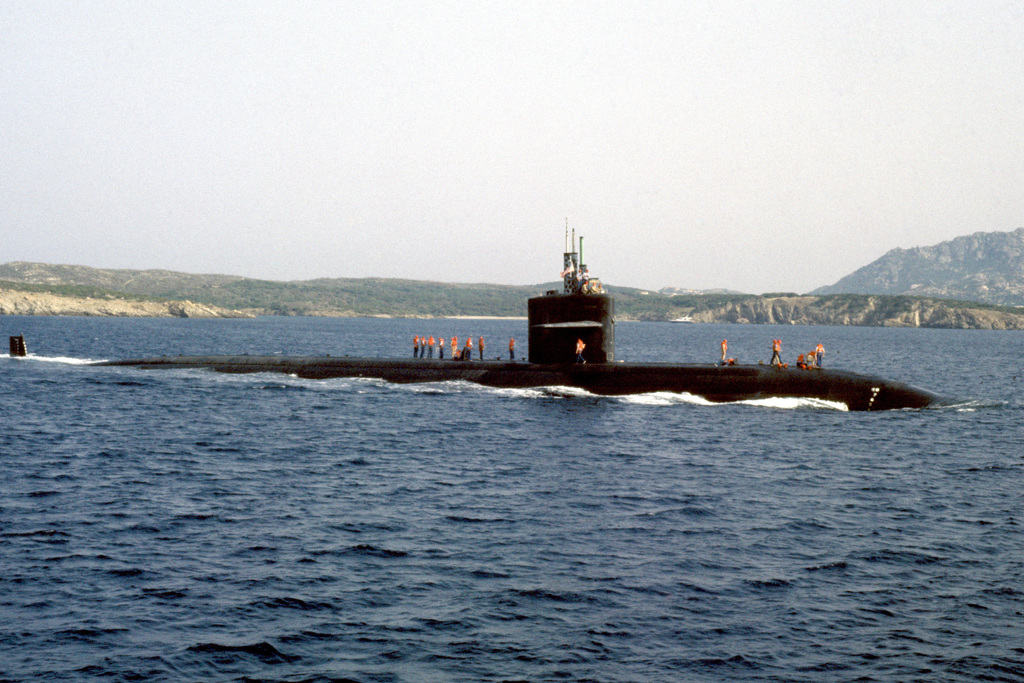
Australia’s biggest defense contract in its history has fallen through following Australia’s decision to build nuclear submarines within the new AUCUS alliance to the detriment of France’s naval group.
Background
Australia wanted to build 12 Shortfin Barracuda Block A1 nuclear submarines with the project cost being around $ 66 billion. In 2017, France and Australia signed a deal with the proposed nuclear submarines expecting to surpass all equivalents in the region.
However, the United Kingdom and the United States intervened and the trio created the AUCUS project with the main goal of countering the growing Chinese threat in the Indo-Pacific region.
“AUKUS ‘first major initiative will be the supply of a nuclear-powered submarine fleet to Australia. Over the next 18 months, we will work together to determine the best way to achieve this goal. We intend to build these submarines in Adelaide, Australia in close cooperation with the United Kingdom and the United States,” said Morrison during a joint presentation.
Morrison also highlighted the fact that Canberra is not seeking to acquire nuclear weapons or develop civilian nuclear capabilities.
British Prime Minister Boris Johnson jumped in saying “the submarines in question will be equipped with nuclear reactors, not armed with nuclear weapons,” while adding, “And our work will fully meet our non-proliferation obligations”.
US President Joe Biden said, “These are conventional nuclear-powered submarines. This technology has been proven. It is safe.”
AUKUS Defense alliance
The AUKUS defense alliance is a new trilateral security partnership between Australia, Britain and the United States.
“While the Australia-UK-US partnership – AUKUS – sounds odd with all these acronyms, it’s good. (…) Our countries will renew and strengthen our common ability to confront threats of the 21st century just as we did in the 20th century: together,” said Biden during a joint presentation of the new alliance.
He went on to add, “This initiative aims to ensure that each of us has (…) the most advanced capabilities we need to maneuver and defend against rapidly evolving threats”.
Australian Prime Minister Scott Morrison noted, “the world is becoming more complex”, especially in the Indo-Pacific region. “To help ensure the security and stability that our region needs, we must now take our partnership to a new level,” he said.
“AUKUS is a partnership in which our technology, our scientists, our industry, our defense forces work together to create a safer region that ultimately benefits everyone,” said Morrison.
French contract terminated
“This decision contradicts the letter and spirit of co-operation that existed between France and Australia,” said French Foreign Minister Jean-Yves Le Drian and Florence Parley’s armed forces.
Australia’s decision to build nuclear submarines in collaboration with Britain and the United States instead of buying them from France as agreed in the signed contract, “is unfortunate,” said Yves Le Drian while adding, “The US choice, which removes an ally and European partner like France from a long-standing partnership with Australia as we face unprecedented challenges in the Indo-Pacific region … marks a lack of consistency that France cannot nor did he mention what he might regret.”
Currently the Royal Australian Navy has six Collins-class submarines in its fleet, as per publicly available records. These were manufactured 30 years ago by Kockums, a Swedish company which is now part of the Saab group.
According to the Australian Defense Ministry, the life cycle of this type of submarine should end sometime in 2030-2031. This is why Canberra had ordered brand new attack-class submarines from France’s Naval Group, which are based on modern technology.
While the French Naval group was scheduled to start delivery of the subs before 2020 to the Royal Australian Navy, however it changed the optimal delivery time for the first submarine to 2035, placing Australia in an awkward position since its naval combat capabilities would be significantly weakened for an extended period.
This forced the Australian government to seek a quick solution through its existing six Collins-class submarines.
“We need to be realistic about what lies ahead by way of threat in our region, and the submarine capacity is a significant part of how we mitigate that risk and it’s important we get the program right,” said Australia’s Defense Minister Peter Dutton. “There is no doubt in my mind that we need to pursue a life-of-type extension [for the Collins class].”
Complicating the matter was the fact that the program which finances the project for the new fleet of submarines saw a cost escalation. Instead of the planned $40 billion Australia now had to shell out $69 billion. This forced Australia’s hand with Canberra taking a relook at the project, at the cost of diplomatic relations.




